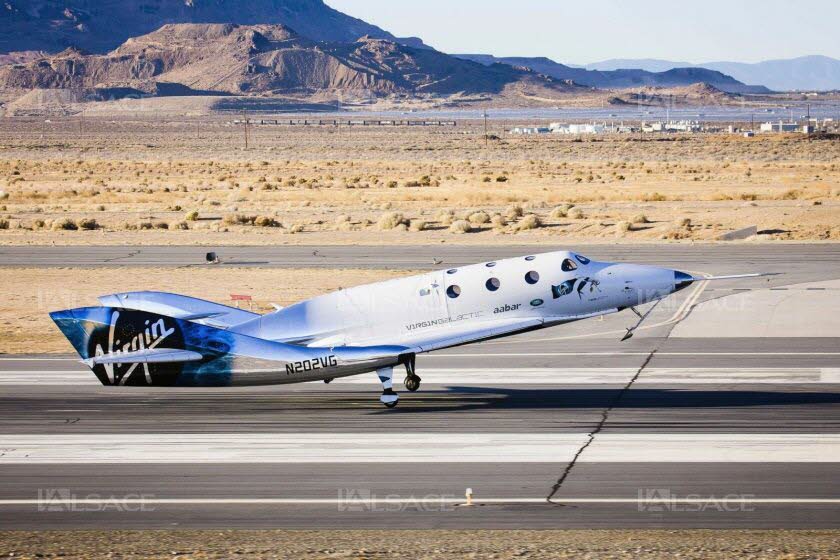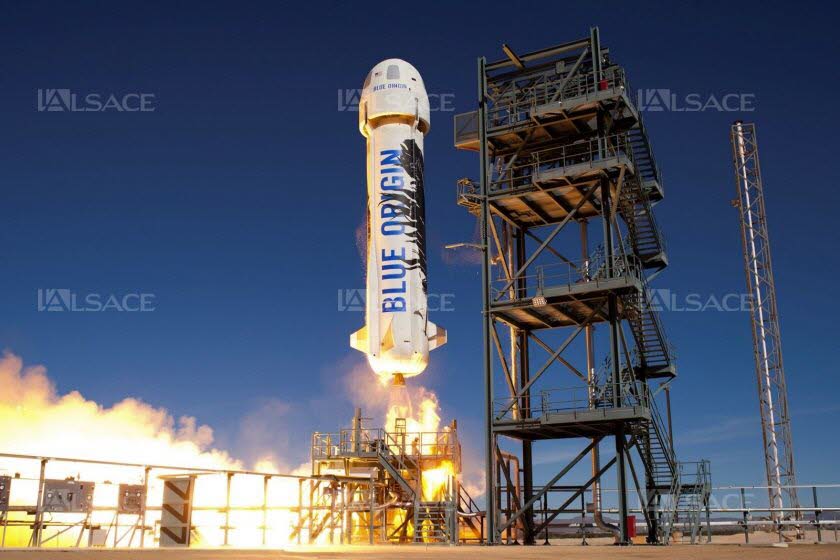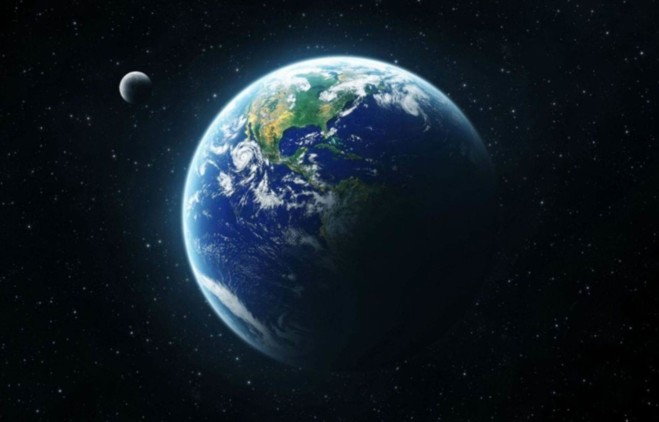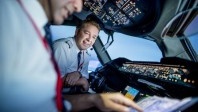Space tourism : the first scheduled flights ?
July 14th, 2018 José Sitbon No Comment Airline
Two private space tourism companies say they are only a few months away from their first space flights with customers on board.
Virgin Galactic, founded by the British billionaire Richard Branson, and Blue Origin, by the more discreet billionaire Jeff Bezos, boss of Amazon, are racing to be the first to finish the tests. The two companies have radically different technologies.
A few minutes of weightlessness
For both, passengers will not go into orbit around the Earth: their weightlessness experience will only last a few minutes.
$250,000 a ticket.
For a much cheaper ticket (250 000 dollars at Virgin, an unknown amount at Blue Origin), these new tourists will be propelled to several tens of kilometers of altitude, before falling back on Earth. By comparison, the ISS is in orbit 400 km away.
The objective is to approach or exceed the imaginary line marking the beginning of space, the Karman line, 100 km away, or the line preferred by the American army, 50 miles (80 km). At this altitude, the sky becomes darker, and the curvature of the Earth appears clearly.
 Virgin Galactic’s plan
Virgin Galactic’s plan
At Virgin Galactic, six passengers and two pilots will board the SpaceShipTwo VSS Unity, which looks like a private jet.
The descent will be slowed down by a « tail » system: the tail fins of the vessel will pivot and the vessel will bend before returning to normal. Then the aircraft will land on an airstrip at Virgin’s « spaceport » in the New Mexico desert.
During a test on 29 May in the Californian Mojave Desert, the ship reached an altitude of 35 km.
Richard Branson said in May on BBC Radio 4 that he hoped to be one of the first passengers himself in the next 12 months. Approximately 650 clients are on the waiting list.
 Blue Origin’s plan
Blue Origin’s plan
Blue Origin has developed a system that resembles traditional rockets: the New Shepard.
Six passengers will take place in the seats of a « capsule », a cabin fixed to the top of a vertical rocket 18 meters high.
After launch, which will propel the capsule to near Mach 3, it will detach and continue its trajectory a few kilometers towards the sky. In a test on April 29, the capsule reached 107 km.
The rocket will come down… and land, slowly, vertically. After several minutes of weightlessness, during which the passengers will be able to get up and look outside through large portholes, the capsule will fall back towards Earth, slowed down by three large parachutes and retro-rockets.
In the longer term, the Russian company building the Soyuz is studying the possibility of bringing tourists back to the ISS. And an American start-up, Orion Span, announced this year that it wants to place a space station in orbit in a few years, but this project is still very far from seeing the light of day.
On the same subject
Sky information : Air Antilles, Icelandair, Air Europa, Lufthansa, Pegasus Airlines, Iberia, China Southern Airlines, etc.
Over the past decade (2015-2024), air traffic control (ATC) delays in Europe have doubled...
Etihad Airways and Condor announce new routes to Abu Dhabi
Etihad Airways, the national airline of the United Arab Emirates, and the German carrier...
A Chinese court orders Malaysia Airlines to pay $3.3 million in compensation
A Beijing court has ordered Malaysia Airlines to pay some families of passengers who...











